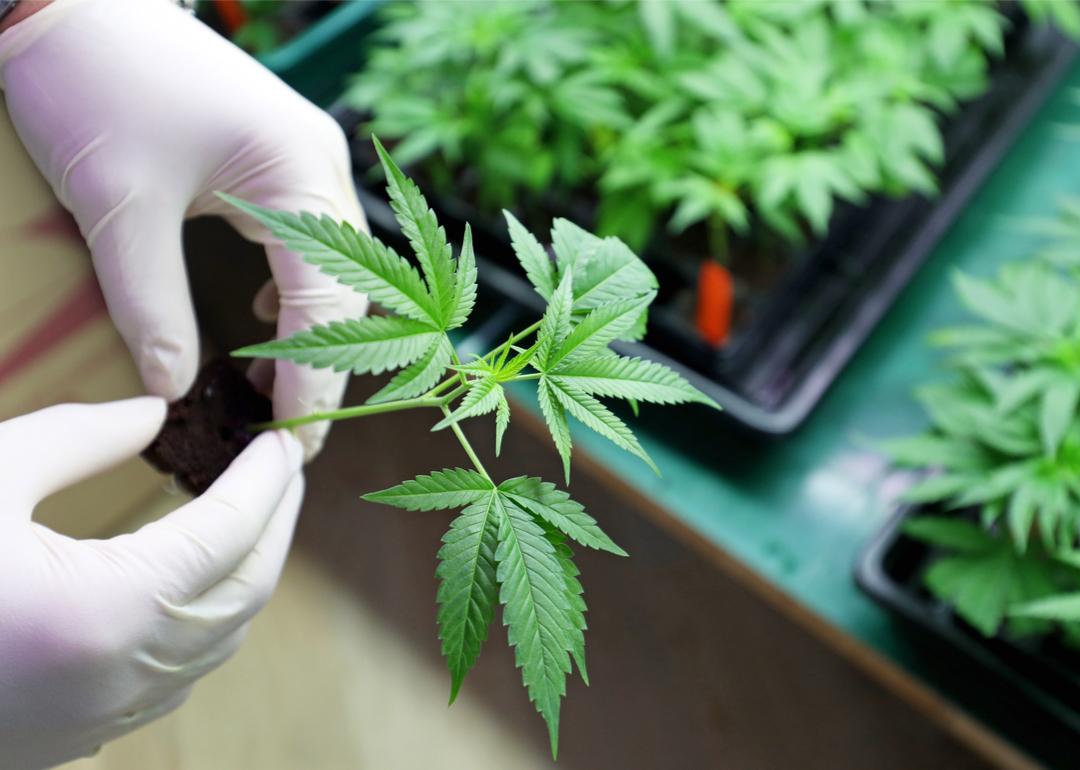
How marijuana use has changed during COVID-19
Marijuana has been around for centuries, and it is one of the most common herbs known worldwide. It is used for medicinal and recreational purposes and is the third-most-popular recreational drug behind tobacco and alcohol. It is also unique among what are generally considered to be "illicit" substances in that its use has never been shown to directly lead to death. In fact, the U.S. Drug Enforcement Administration reported in 2020 that there have been no marijuana-related overdoses, making it the least harmful of such substances. Nearly half of people 12 or older in the United States have used marijuana at least once in their lives, according to National Center for Drug Abuse statistics, and almost 17% of all U.S. adults are current users.
Marijuana is the most-used, illegal substance in the U.S. (That's right—even though numerous states have legalized the substance in recent years, it remains unapproved by the federal government.) Before the COVID-19 pandemic hit in March 2020, an estimated 48.2 million people were cannabis users. Today, that number has reached 55 million, with the highest rate of use among adults between the ages of 18 and 25.
Despite progress within the cannabis community for legalization and normalization of the substance, marijuana remains a controversial topic, with many people having strong opinions on whether it is safe or not. But what about during a pandemic? With the spread of COVID-19, has marijuana use changed? Let's look at some of the latest research on marijuana during COVID-19. Stacker collected information from official studies, news reports and scientific research to understand how marijuana use changed during the pandemic.
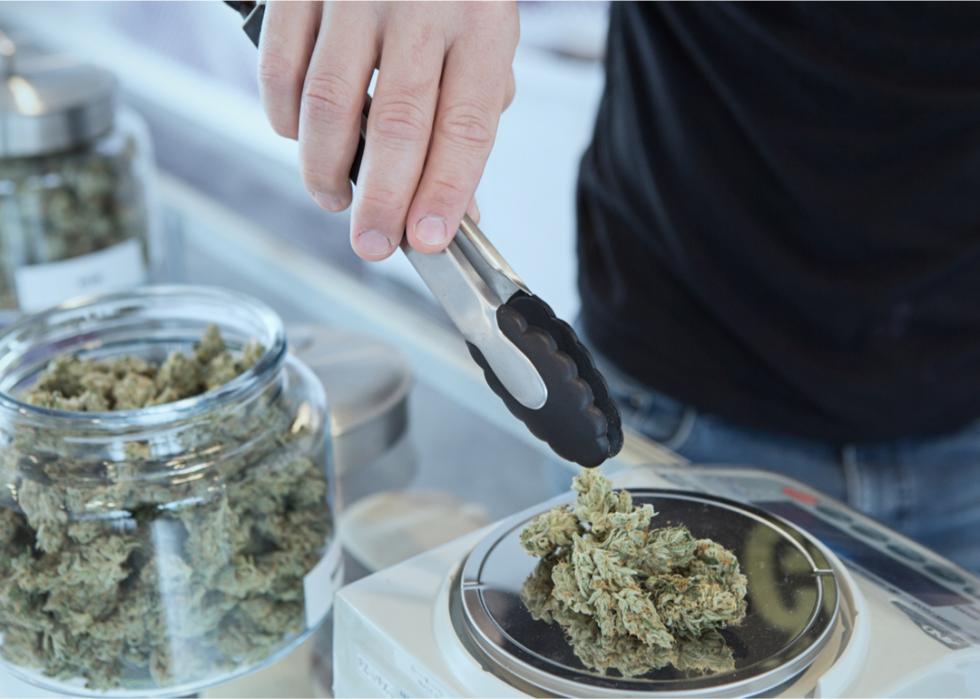
Sales increased in a number of states
The coronavirus pandemic’s impact on the U.S. economy and on the average person’s state of emotional and psychological health has been almost incalculable in its breadth and depth.
Many people reported using marijuana as a medicinal aid for anxiety and also as a simple form of stress relief. Numerous states characterized marijuana businesses as an essential service, thereby allowing shops to remain open while also providing pick-up and delivery services. One study published in 2021 in the International Journal of Drug Policy assessed changes in cannabis sales across Alaska, Colorado, Oregon, and Washington before and during the pandemic. The highest mean monthly cannabis sales in these states were reached during the pandemic period of 2020 as compared to 2019; all four states reached three-year peaks from the months May to July of that year. Subsequently, other states began to legalize recreational marijuana, such as New York in March 2021.
State tax and revenue records reveal that Americans purchased $7.6 billion more in cannabis products in 2020 than the year prior. As the pandemic took its initial toll on marijuana sales, consumers began stocking up in preparation for limited interactions with dispensaries as a result of lockdown orders. New consumers, accessibility of prescriptions, and newly legal states played a role in the cannabis boom during the pandemic. On April 1, 2022, the U.S. House passed the MORE Act, which would effectively legalize marijuana nationwide and expunge prior criminal penalties for the distribution or possession of marijuana.
While the bill has not been taken up by the Senate as of this writing, legalization has nonetheless spread across the nation at the state level, and with state taxes imposed on cannabis sales representing a fresh revenue stream for state governments, the industry will continue to thrive.
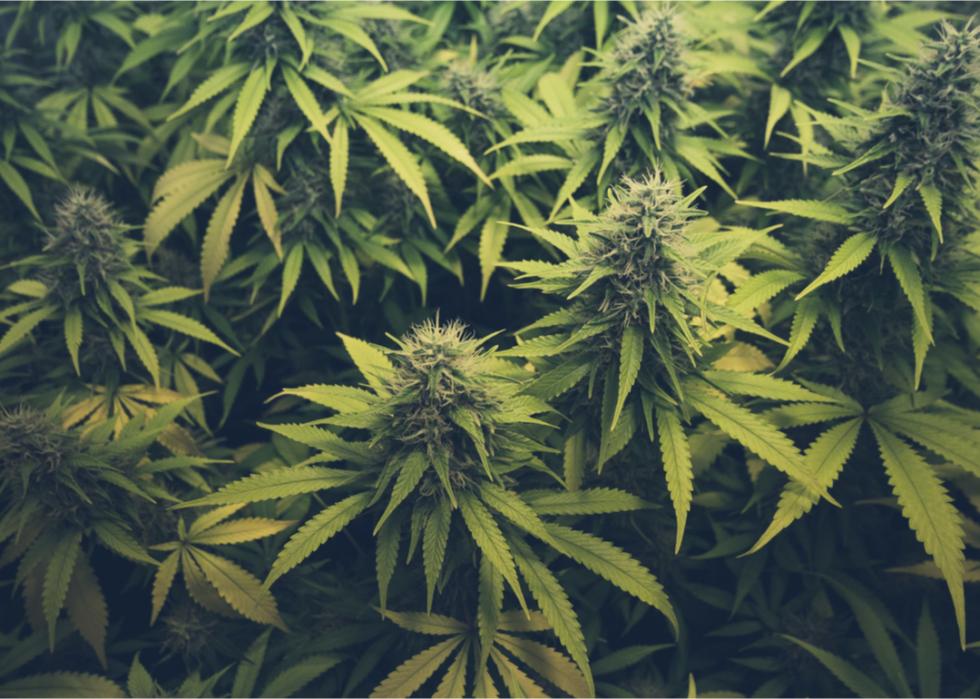
Marijuana use among college students hit a record high
The National Institute on Drug Abuse’s 2020 Monitoring the Future study, which tracks substance use in adults ages 19-22 each year, found that marijuana use that year was at its highest level recorded since the 1980s.
In 2020, 44% of college students reported using marijuana in the last year, compared with 38% in 2015. Of that number 8% admit to daily or “heavy” usage. (Marijuana use on 20 or more days within a 30 day period is considered “daily” or “heavy” marijuana use.) As for young adults not enrolled in college, usage numbers stood at 43% which is the same level as recorded in 2018 and 2019.
Another study, published in January 2022 in the Journal of Studies on Alcohol and Drugs, found that the prevalence of cannabis use—not frequency—was actually down during the pandemic among a small sample size of college students. Researchers concluded that dependent vs. independent living was a major factor here, stating, “Living with parents appears to be protective against frequent cannabis use.”
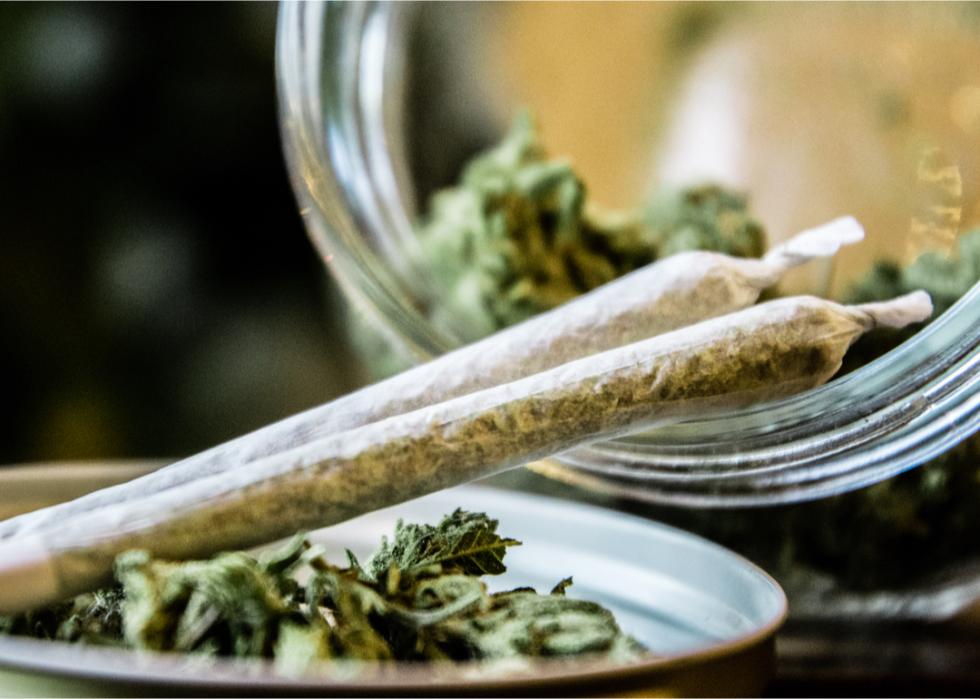
Problematic marijuana use is correlated with poorer COVID-19 outcomes
In a paper published in the Journal of Natural Products, research revealed that specific compounds could potentially stop the COVID-19 virus from attacking healthy cells, among them cannabinoid acids from hemp.
That is not to say that use beyond the occasional or medicinal did not have deleterious effects, however. According to a study published in January 2021 in Addiction Science & Clinical Practice, those who smoke marijuana and contract COVID-19 are five times more at risk of encountering life-threatening complications. The cardiac and respiratory effects are similar to those of tobacco use. Cannabis is retained in the body for a long period of time and has been associated with the development of lung cancer and other respiratory issues. The use of marijuana can also increase the risk of contamination by other viruses, such as the flu virus. In addition to chronic conditions as a result of smoking and the associated deterioration of muscles and organs, the impact of marijuana users getting COVID-19 comes with its complications, such as pneumonia, organ failure, and septic shock.
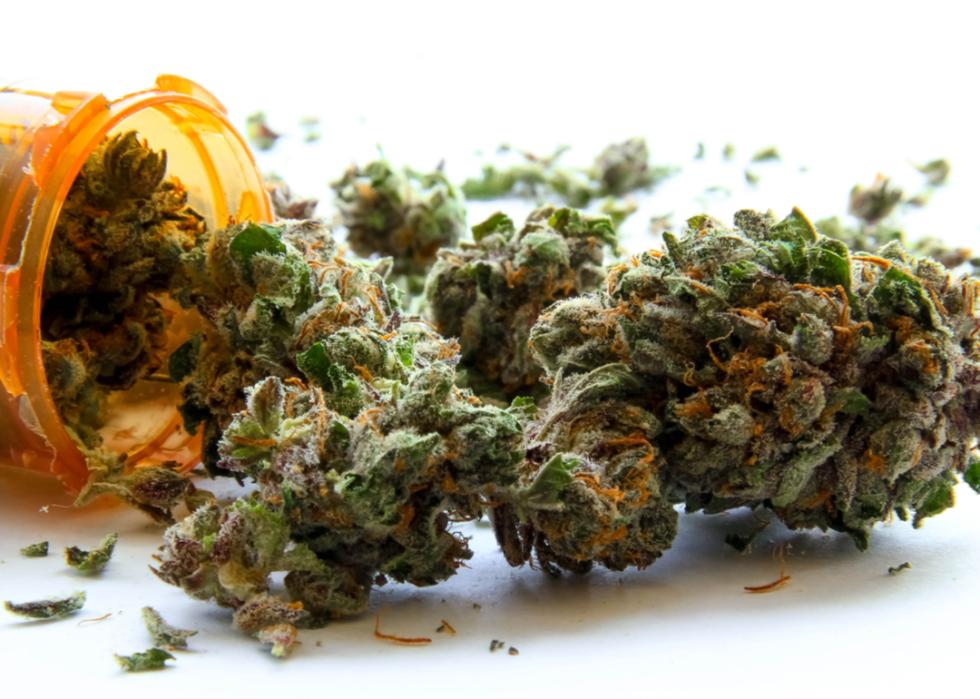
Ballooning medical marijuana costs drove many to the black market
The cost is still high to get high.
Despite the legalization of recreational marijuana in 18 states (as well as Washington D.C.) and decriminalization in 26 states, affordability remains an issue. Colorado, Washington, Oregon, and California impose significant excise taxes on recreational marijuana, commonly known as “sin” taxes, which can drive prices up by as much as 35% or more. The price of medical marijuana from a dispensary can be more than double the cost of marijuana on the black market. For products that are not yet legal, such as marijuana-infused foods and drinks, the black markets are in a good position to monopolize those products. For individuals who are unable to obtain a medical card, it is expected that they will obtain their marijuana from their casual contacts. Many patients who qualify for a medical marijuana card may not be able to afford it with fees going upward of $200 per year.
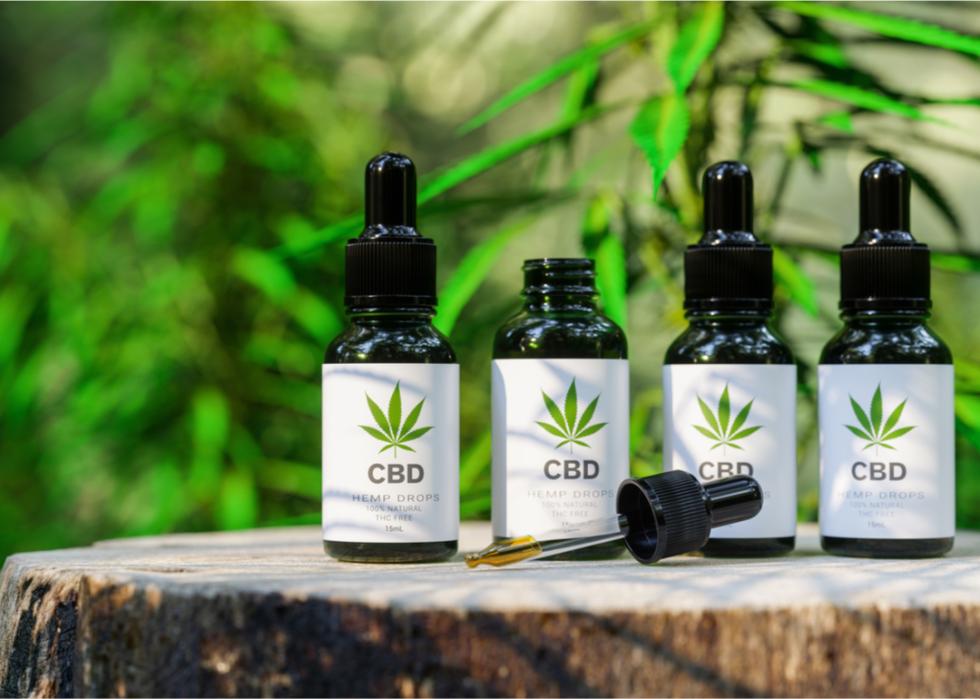
Research suggests that marijuana and CBD may mitigate COVID-19 severity or transmission
In a series of studies, researchers tested the effects of cannabidiol, known as CBD, and other cannabis compounds on SARS-CoV-2, the virus strain that started COVID-19. Researchers studied interactions between CBD and the virus in mice, as well as in human lung cells. CBD is already FDA-approved for certain therapeutic medication. Research has demonstrated that CBD can protect healthy cells from the virus, which do not mutate or multiply as any virus would. Combining CBD with tetrahydrocannabinol (THC) decreased its efficacy. Clinical trials are still in progress but suggest that future preventative measures may include CBD. In addition to vaccination protocols, CBD could be a driving force in treating various viruses, including COVID-19 and Hepatitis C.



